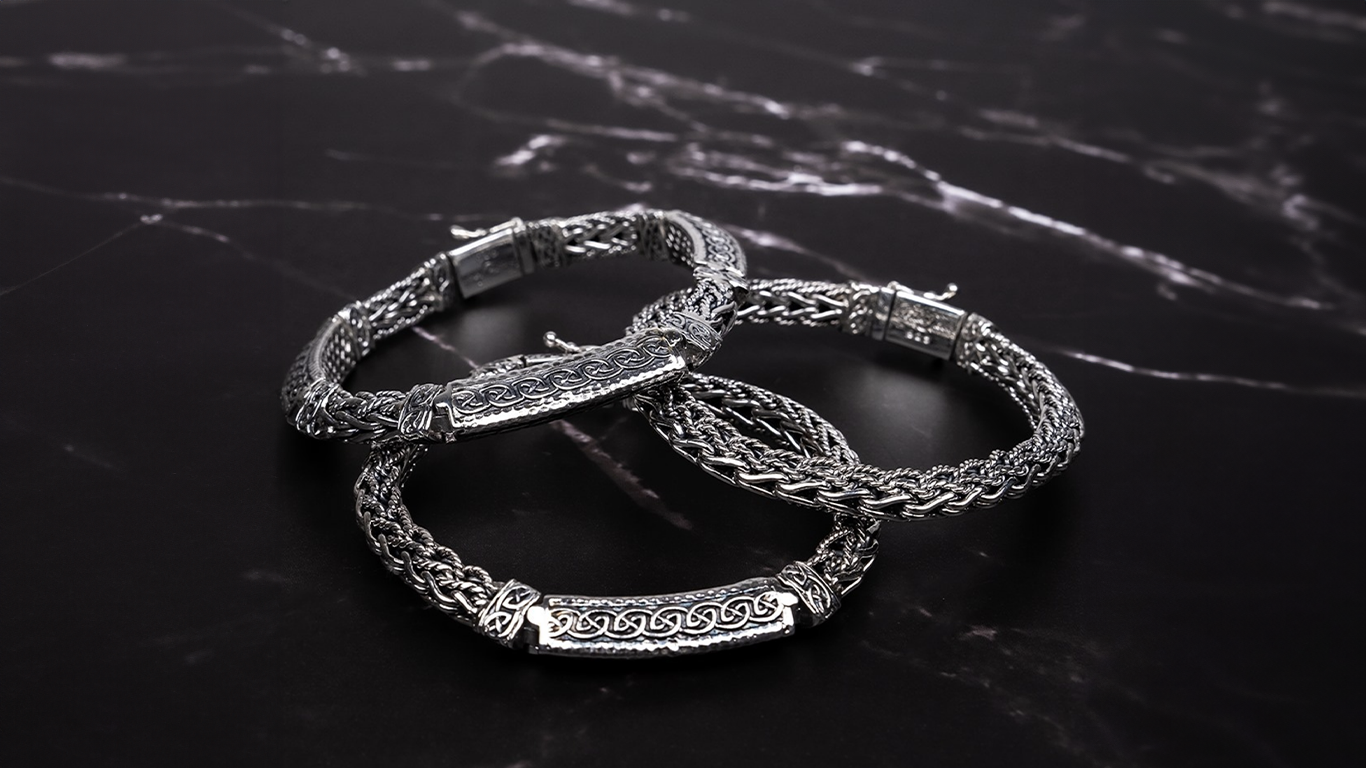The Headless Horseman of Ireland - Dullahan
The Dullahan, Ireland’s Headless Horseman
Washington Irving
As we near the end of October and All Hallow’s Eve, you might find yourself thinking on Washington Irving and his Legend of Sleepy Hollow. He tells of a headless horseman who terrorizes the real-life village of Sleepy Hollow, New York. Whether you read Irving’s story (1820), enjoyed Walt Disney’s animated version (1946), or Tim Burton’s Sleepy Hollow (1999) -- you’re surely familiar with the gangly school master, Ichobod Crane who is smitten with Miss Katrina Van Tassel and his ill-fated encounter with the sinister Headless Horseman. It is counted as one of America’s first ghost stories (if not its scariest), but its roots lie firmly in Celtic lore.

Origins of The Dullahan
While Irving’s horseman may have been a Hessian soldier fighting for the English during the American Revolution, there is a much older horseman known to the Irish as The Dullahan. The Headless Horseman of Ireland is thought to be the embodiment of an ancient Celtic god, Crom Dubh or Black Crom. He was worshiped by a prehistoric King who ruled in Ireland about 1500 years ago. This king offered a human sacrifice to this fertility god each year. Decapitation was the favored method of dispatch. Worship of the “old gods” fell out of favor in Ireland by the sixth century with the advent of Christianity. While these spirits changed in name and form, they did not entirely go away. Crom Dubh even now manifests in physical form as The Dullahan or “Far Dorocha” (meaning dark man). This is the very time of year he is likely to make his earthy journey from the Other World. He is wrapped in black robes and rides a fearsome, red-eyed charger, appearing to some unfortunate souls as the “angel of death.” In one hand, he carries a human spine as a whip and in the other, his severed head. Unlike the Banshee who is typically attached to a particular family and whose cry comes as a warning of death, The Dullahan’s head is allowed to speak but once on each journey, and that is only to call the name of the person whose soul he draws forth with the calling of that name.
Saved by the Gold
It is possible, however, to frighten The Dullahan away if you happen to have an item of gold with you, as told in this popular account from County Galway: “A man was on his way home one night between Roundstone and Ballyconneely. It was just getting dark and, all of a sudden, he heard the sound of horse’s hooves pounding along the road behind him. Looking back, he saw the Headless Horseman of Ireland – The Dullahan – on his charger, hurtling towards him at a fair speed. With a loud shout, he made to run, but the thing came on after him, gaining on him all the time. In truth, it would have overtaken him and carried him away had he not dropped a gold-headed pin from the folds of his shirt on the road behind him. There was a roar in the air above him and, when he looked again, The Dullahan was gone.”
All Hallows
We wish you a most meaningful season as we bid the old year farewell (and good riddance!) and prepare for the fresh start of the Celtic New Year on November first. The evening of preparation is Halloween, All Hallows Eve, Samhain or Nos Calan Gaeaf. The veil between the worlds is especially thin at this time and spirits of all kinds walk abroad on the earth. The very best advice to you is to stay safely home with the curtains drawn so you won’t have the misfortune of encountering The Dullahan or any other malevolent figure. In fact, this is a most appropriate time to visit the Celtic Ranch through the magic of the internet at www.CelticRanch.com. But if you do venture out, be sure to have some bit of gold at the ready.
Lori McAlister
Wrangler of Cultural Affairs
The Celtic Ranch | 404 Main Street | Weston, MO 64098


















Leave a comment